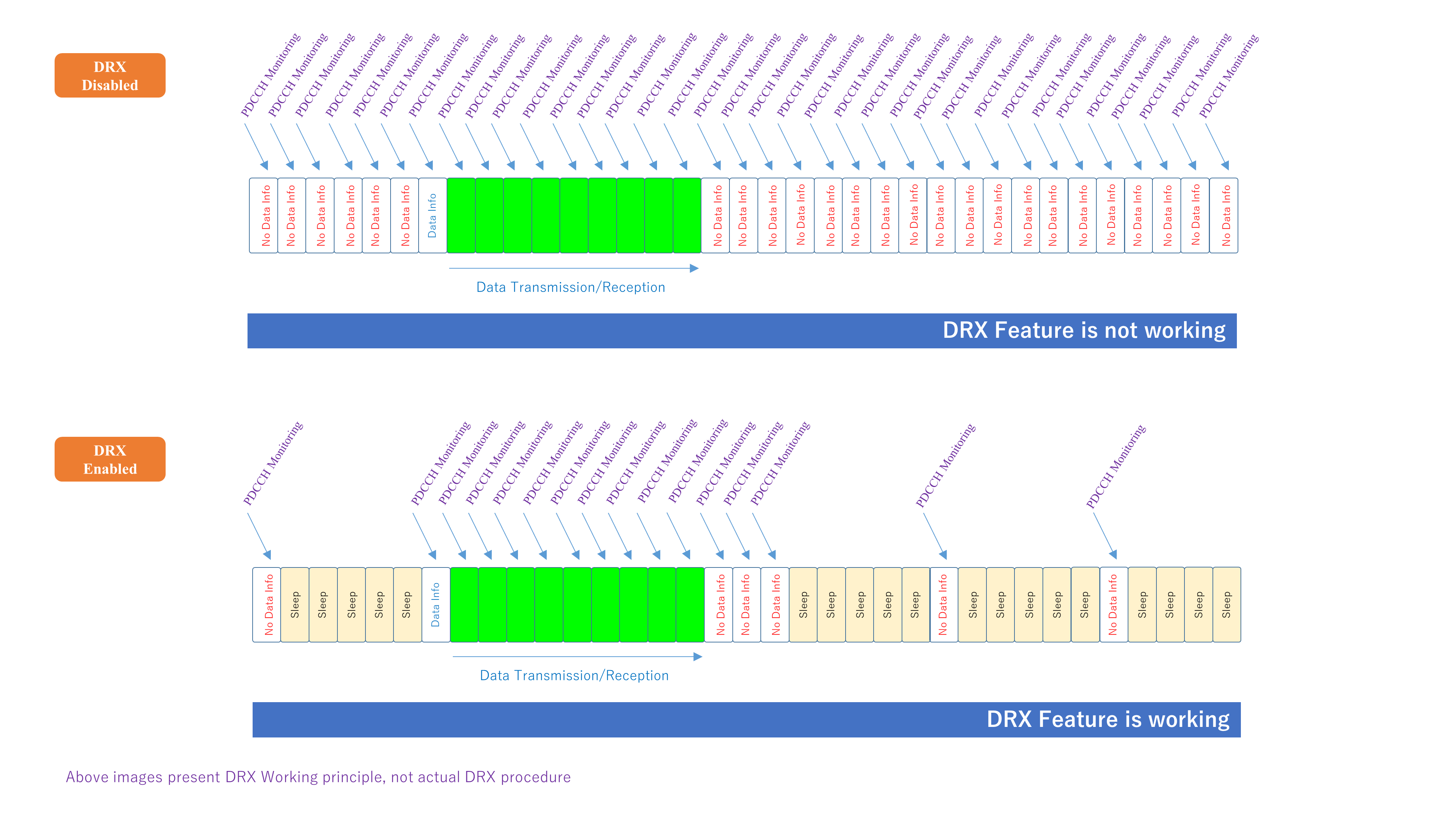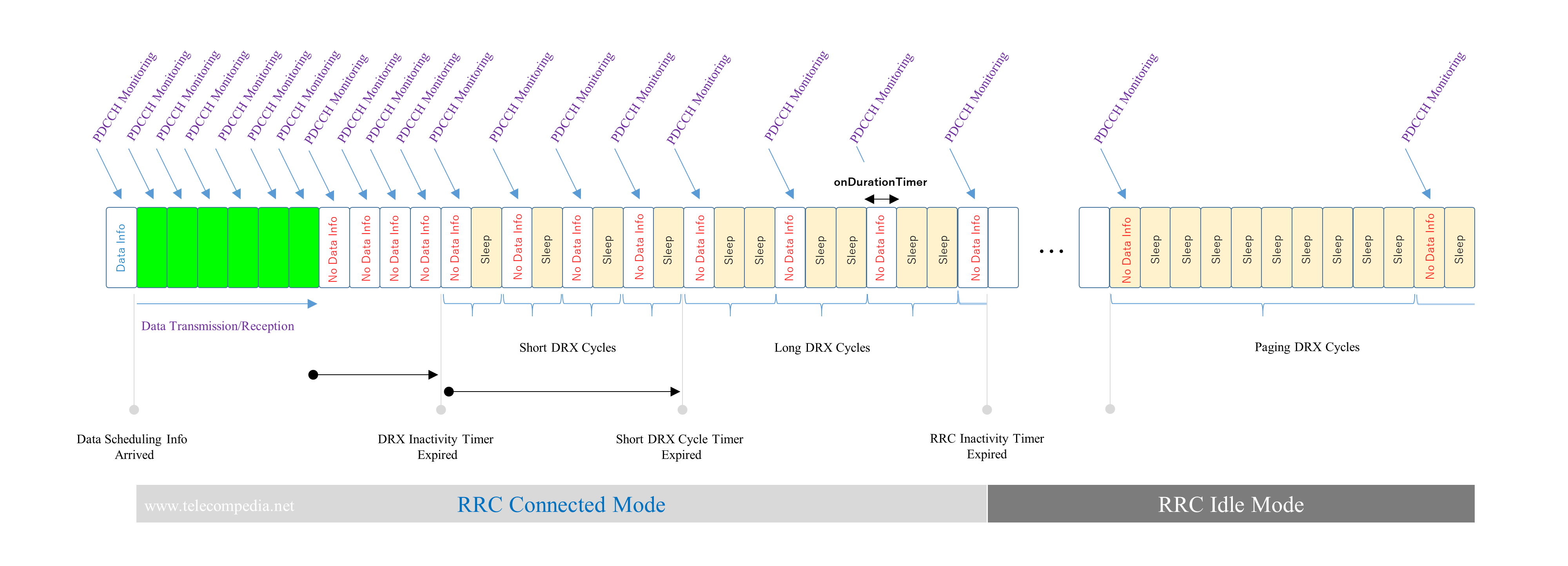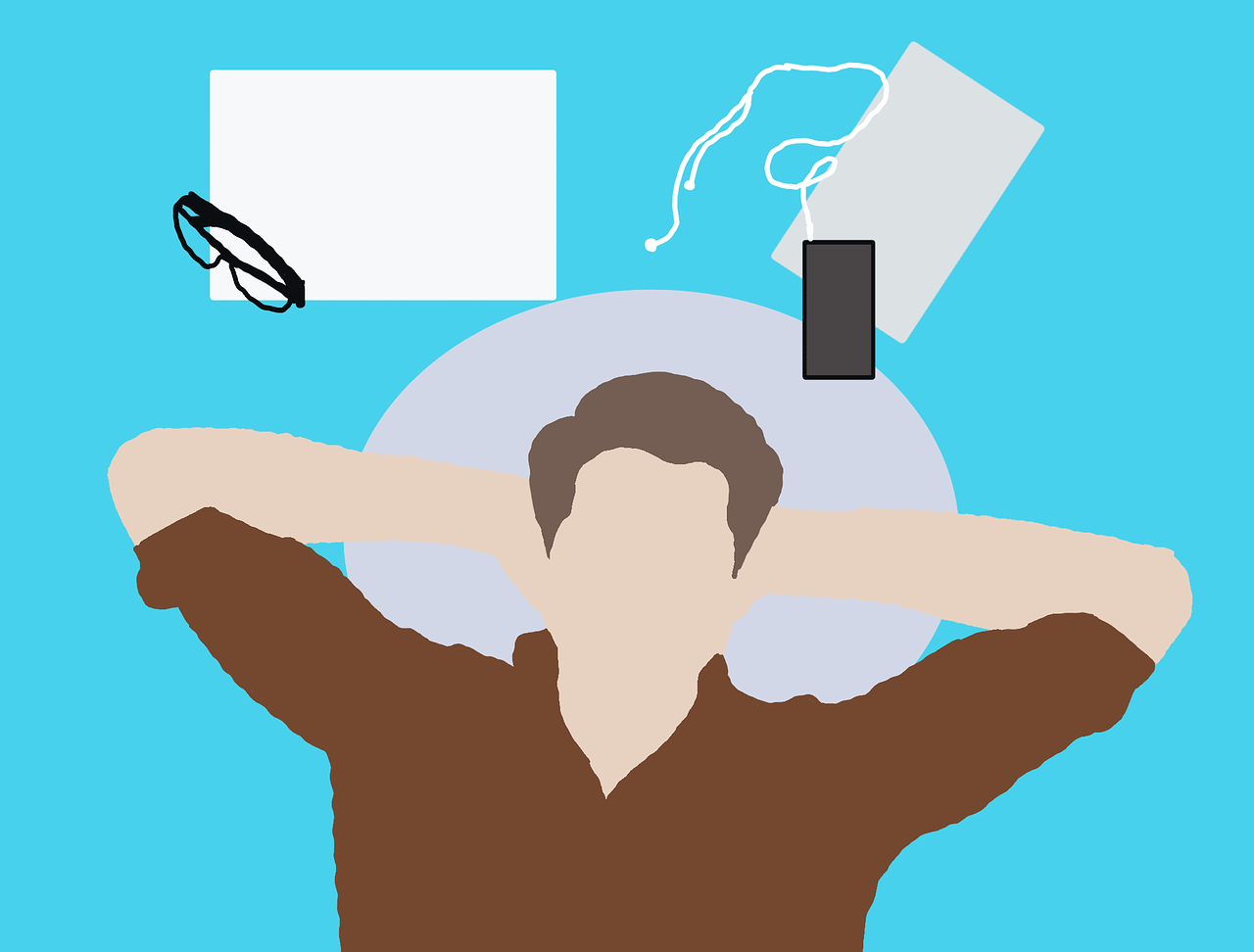The feature which we will talk about is not new and proposed in initial release of LTE 3GPP standards, but it was not common to be fully used by all mobile operators until some years ago.
Here we will try to give general idea for DRX feature in Idle Mode and Connected Mode.
Once new type of mobile terminals with wide screen arrived to the market, or another case many mobile applications started to be used by the subscribers then fast battery drain become bothering.
Of course, there was a most effective solution for this issue, and it was DRX or in other word Discontinuous Reception. Similar features exist in legacy technologies too, but in this article the topic is only LTE DRX.
Some of the mobile operators could achieve 40%-45% power saving with DRX in their trials, sometimes less or even no effectiveness was observed in some terminals (it might be related with chipset producer). But generally, DRX is a powerful option for energy saving.
When a new feature was invented, definitely we can see its advantages and also disadvantages. We already know about its positive part which is energy saving at mobile equipment, but what about side effect?
Side effect or negative part or whatever we want to call are packet delay and packet loss (e.g. eNodeB can schedule data at specified time but the UE may be in sleeping mode at that time). Parameters of DRX are very sensitive, if any unreasonable value are defined on it then it can cause for serious QoS degradation.
Typically a UE (user equipment) should always listen to the network to see if there is a new data for downlink or need to wait for UL Grant to transfer the data. This notification arrives through PDCCH channel. The PDCCH mapped to the first OFDM symbols in every downlink subframe, it can be 1, 2, and 3 symbols too (depends on configuration).
Let’s come back to DRX
- Question 1: What is the relation between UE monitoring the PDDCH on each subframe and DRX ?
- Answer 1: The relation is power consumption, where the UE spends huge energy if it continuously keeps monitoring and decodes each PDCCH message.
- Question 2: How does the DRX help to save energy at UE side ?
- Answer 2: DRX will let the UE not to listen every PDCCH. The UE will monitor the PDCCH in a specified period and then it will switch OFF its transceiver.
On the following images we can see generic illustrations of DRX Disabled and DRX Enabled scenarios.

- On DRX disabled option, the UE keeps monitoring the PDCCHs on each subframe.
- On DRX enabled option, the UE monitors the PDCCH on a predefined time durations then goes to sleep.
This is not an actual DRX working procedure, it is just for giving an idea how the DRX is influencing the UE power consumption. DRX can work in RRC Connected and RRC Idle modes, it is also called C-DRX and Idle Mode DRX respectively.
- C-DRX has two stages as Short DRX Cycle and Long DRX Cycle. The Short DRX Cycle is optional, it is mostly used to avoid immediate action for large sleeping mode of Long DRX Cycle. It is clear from the below illustrations or in this version (see All in One).
- The PDCCH monitoring in Idle Mode DRX happens on Paging Occasion per Paging DRX cycle
Now let’s have a look one complete DRX procedure including all steps. The parameter values are not from actual network configurations, so it should not be considered as reference. The purpose is to draw an exemplification of DRX.

From left to right:
- Each rectangle is a subframe, duration is 1ms
- Data Info: there is scheduled new data for the UE, obtained the information from PDCCH
- On green parts there are data transmission or reception
- DRX Inactivity Timer: Specifies the number of consecutive PDCCH-subframe(s) after successfully decoding a PDCCH indicating a new UL or DL user data transmission for this UE.
- DRX Short Cycle Timer: This parameter specifies the number of consecutive subframe(s) the UE shall follow the short DRX cycle after the DRX Inactivity Timer has expired.
- On Duration Timer: Specifies the number of consecutive PDCCH-subframe(s) at the beginning of a DRX Cycle where UE transceiver is ON to listen the PDCCH.
- C-DRX parameters are delivered to UE through RRC ConnectionReconfiguration or RRC Connection Setup. Once no any new data was decoded while listening period (onDurationTimer) and the times passed through Short DRX Cycles and Long DRX Cycles the time reaches to be releasing of RRC Connection with RRC Connection Timer expiration. This release command comes from the network. When the RRC Connection release command comes then the UE moves to Idle Mode, next hop is DRX Mode in Idle Mode where the UE wakes up on each Paging DRX Cycles and keeps its ear on PDCCH to see if there is any new data for the UE (e.g. Downlink) through paging messages.
- Idle Mode DRX parameters are broadcasted with SIB2. The frames that paging messages are transmitted over the Uu interface are fixed. These fixed positions are indicated by the paging frames (PFs) and the paging occasion (PO) subframes. One PF is one radio frame, which may contain one or multiple POs. One PO is a subframe containing the paging radio network temporary identifier (P-RNTI), which is transmitted over the PDCCH. The UE reads paging messages over the physical downlink shared channel (PDSCH) according to the P-RNTI.
Let’s describe the process one more time. The UE made call setup then requested UL Grant to send data or received DL Grant for downlink data. We can see on green part. After some time, there is no any new scheduled data for the UE and DRX Inactivity Timer started. When the DRX Inactivity Timer expires as a second step Short DRX Cycles starts to run (it is optional, some operator do not use), if no any data arrives or requested during that period then next step is Long DRX Cycles. If the UE keeps its passive status (no UL/DL data) then RRC Connection will be released by the serving cell once the RRC Inactivity Timer expires. After release of RRC Connection the UE moves to Idle Mode and starts to use Idle Mode DRX for monitoring PDCCH.
